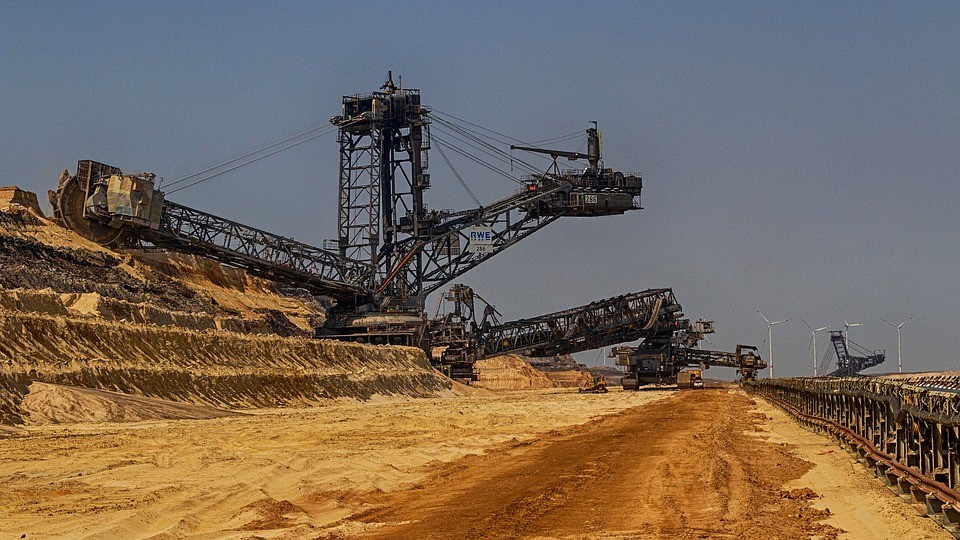Mining and metal industries have had more than their share of troubles in recent decades. Commodity prices fell while costs rose; public sympathies waned while legislation was introduced and political uncertainties grew.

In turbulent times, pressures to cut costs and increase efficiency become intense. Here are just a few of the forces imposing change.
Carbon Economics
Whether you believe carbon dioxide is a threat or not, carbon regulation is here to stay. It has been woven into countless trade agreements, tax laws, and quality standards.
Ironically, low-emission technologies and electric-powered transportation are more mineral-intensive than their fossil-fuelled forebears. That’s why modern light bulbs are ten times the cost of old ones, tram systems are only built with government handouts, and solar panels struggle to return the investment.
The demand on resources imposed by “green” energy could be both good and bad news for mining and manufacturing enterprises.

Although market demand for minerals will increase, it obliges mining companies to source them from a dwindling number of mines, while both mines and manufacturers are under pressure to demonstrate the “low carbon” credentials of their products.
Industries can respond by powering fleets and plants from renewable energy sources like bio-diesel or hydrogen and by intensive recycling.
Resource Frontiers
Low-risk mineral resources are the first to be exploited and the first to be exhausted. To extract them economically from poorer deposits, new technologies are needed. Similar to shale oil extraction, borehole leaching and slurry mining are being researched for the extraction of uranium and copper from difficult low-yield deposits. Refining metals using fungi and bacteria is already done commercially in South Africa, Australia and Brazil. Mining asteroids remains a future possibility.
Manufacturers face similar challenges and also need new technologies – for example, the new generation of metal bonding adhesives such as CT1 from http://www.ct1ltd.com/product-applications/metal-to-metal-adhesive/.
Financial Risks
Turbulent growth and recession, higher demand and political interference expose enterprises to unprecedented levels of risk. Controlling debts and balancing the books may require new strategies for future infrastructure investment.
As in financial services, mining and manufacturing both need ways to spread and balance risk exposures. Alternative financing solutions include royalty and metal stream agreements and joint ventures (like those in the oil and gas sector). These are easier for corporations to negotiate, but spreading risks and seeking joint ventures will still be good options.


